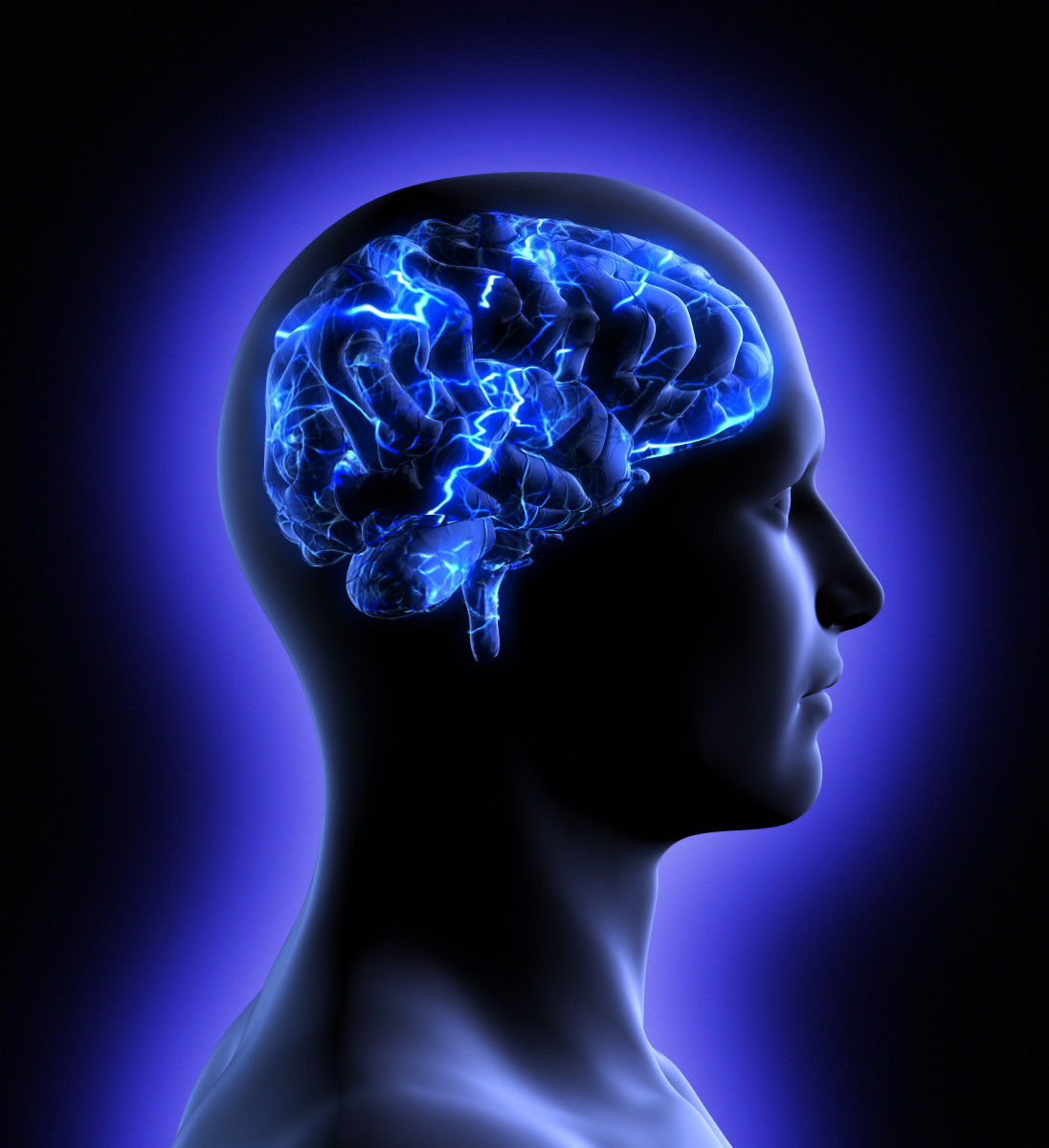Brain Regeneration Impaired in Progressive MS, Unaffected By DMTs, Study Reports

Regeneration in the brain is reduced in people with primary progressive multiple sclerosis (PPMS), but enhanced during disease activity in those with relapsing-remitting MS (RRMS), a study reports.
The results also show that regeneration is unaffected by treatment with disease-modifying therapies (DMTs), as shown by the levels of a regeneration marker in the brain called growth-associated protein 43.
The study, “Cerebrospinal fluid growth-associated protein 43 in multiple sclerosis,” was published in the journal Nature Scientific Reports.
In MS, immune cells attack the myelin sheath that protects nerves, leading to neurodegeneration. In early disease stages, regenerative mechanisms are activated to help repair damaged tissue and promote the replacement of lost myelin — a process called remyelination.
Growth-associated protein 43 (GAP-43), also called B-50 or neuromodulin, is a surface protein found at the immature synaptic terminals — the junctions between two nerve cells that allow them to communicate — and in growing axons, which are the long projections of a nerve cell that conduct electrical impulses away from the cell body to other nerve cells, muscles, and glands.
For this reason, “GAP-43 is widely used as a marker of neuronal growth and regeneration,” the researchers said.
Previous research reported that GAP-43 levels correlate negatively with the expanded disability status scale (EDSS), a method of quantifying disability in MS patients. Higher EDSS scores indicate more disability. This means that lower GAP-43 levels correlated with greater disability. In fact, lower levels of GAP-43 were found in secondary progressive MS (SPMS) compared with early stages of MS.
Now, researchers at the University of Gothenburg, in Sweden, and their colleagues measured the levels of GAP-43 in people with MS and assessed the impact of disease-modifying therapies.
In total, the team quantified the levels of GAP-43 in 105 MS patients — 73 with RRMS, 12 with PPMS, and 20 with SPMS — and compared it with the levels of 23 healthy people (controls).
Patients with progressive MS, but not with RRMS, had significantly lower levels of GAP-43 — an average of 1,640 picograms per millilitre, pg/mL — compared with healthy controls, who had an average of 2,340 pg/mL. This suggests “lost or reduced regenerative potential in late MS,” the researchers said.
The concentration of GAP-43 in the cerebrospinal fluid (CSF) — the fluid surrounding the brain and spinal cord, usually collected by spinal tap — showed a negative correlation with age, disease duration, and EDSS (disability level) in MS patients.
CSF GAP-43 levels were higher in RRMS patients who had a relapse, meaning they had active inflammatory disease, in the 3 months prior to CSF collection (mean 2,560 pg/mL) compared with CSF levels during remission (mean 1,900 pg/mL).
Concerning the use of DMTs, the results showed that GAP-43 levels had no significant difference between 44 patients taking DMTs compared with 61 individuals without treatment. There also was no significant difference between those taking first versus second line therapy.
The levels of GAP-43 in the CSF also showed no difference when patients switched from no treatment, first-line or second-line treatment to Gilenya (fingolimod, marketed by Novartis) or Lemtrada (alemtuzumab, marketed by Sanofi-Genzyme). With both DMTs, GAP-43 levels remained similar to the start (baseline) value, from 1,960 pg/mL to 1,940 pg/mL for Gilenya, and from 1,930 pg/mL to 1,850 pg/mL for Lemtrada.
RRMS patients who achieved no evidence of disease activity (NEDA-3) status — meaning no relapses, no new MRI lesions, and no confirmed disability progression — after switching to Gilenya or Lemtrada showed no significant differences in GAP-43 levels, either at baseline or on follow-up in comparison with RRMS patients with active disease.
Based on these results, the team said: “In conclusion, studies of GAP-43 in MS concordantly show that, this protein is decreased in CSF in progressive MS, and we found an association with disability and also with disease activity. However, effective DMTs had no effect on the CSF GAP-43 concentration.”
As MS treatments “primarily reduce CNS [central nervous system] inflammation in MS, and not the regenerative capacity … the lack of change in CSF GAP-43 across different therapies suggests that reduced inflammation does not influence regeneration involving GAP-43,” the researchers added.
“Although the clinical potential of GAP-43 as a biomarker in MS seems limited at this stage, it contributes to further understand the pathogenesis behind progression, and that of degeneration and regeneration in MS,” they concluded.






